 The jockeying for position is over. It’s time for the U.S. carriers, the world’s handset manufacturers, and third-party application developers to innovate the mobile wireless future.
The jockeying for position is over. It’s time for the U.S. carriers, the world’s handset manufacturers, and third-party application developers to innovate the mobile wireless future.
Today the U.S. Federal Communications Commission announced that the big winners in the 700 MHz wireless spectrum auction were, indeed, Verizon and AT&T, the two biggest players in the industry.
Verizon won the coveted C-block for $4.74 billion, besting Google’s bid of $4.71 billion. Going into the spectrum bid, which began at the end of January, many industry followers had hoped that Google would take its bid seriously as a way to shake up a stagnant industry.
 Google committed to bidding the minimum of $4.66 billion, which triggered a rule that the winner of the 700 MHz C-block spectrum would have to open its network to any device, any application. Just by bidding, Google dictated the new rules of the game — rules that Verizon must now follow.
Google committed to bidding the minimum of $4.66 billion, which triggered a rule that the winner of the 700 MHz C-block spectrum would have to open its network to any device, any application. Just by bidding, Google dictated the new rules of the game — rules that Verizon must now follow.
 AT&T won 227 regional licenses around the U.S. Those licenses, along with the piece of the 700 MHz puzzle it already owned, allows AT&T to further enhance the quality and reliability of its existing network and wireless broadband.
AT&T won 227 regional licenses around the U.S. Those licenses, along with the piece of the 700 MHz puzzle it already owned, allows AT&T to further enhance the quality and reliability of its existing network and wireless broadband.
“It means that the two big guys just got much bigger,” Rebecca Arbogast, an analyst with Stifel Nicolaus, told Reuters.
It also means that the jockeying for position is now officially over. The remainder of 2008 will be for the carriers, handset manufacturers, and application developers to introduce their initial products — and you can bet these will be far from perfect. There will be missteps, misfirings, false starts, claims of so-and-so being unfair, buggy software, crappy hardware, and disappointment, but these are the growing pains of an industry in transition
2009 is still the Year of Wireless.
For now, with the auction over, here’s how the U.S. wireless industry shapes up for the remainder of 2008.
Continue reading »
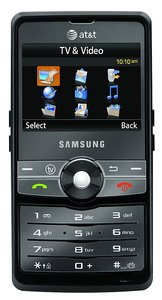 I asked the question in September, and I’ll ask it again: Do we really need live TV on our cell phones? AT&T, the largest U.S. carrier, says we do.
I asked the question in September, and I’ll ask it again: Do we really need live TV on our cell phones? AT&T, the largest U.S. carrier, says we do. I’m still shaking my head over this one. Motorola, one of the
I’m still shaking my head over this one. Motorola, one of the  The jockeying for position is
The jockeying for position is  Google committed to bidding the minimum of $4.66 billion, which triggered a rule that the winner of the 700 MHz C-block spectrum would have to open its network to any device, any application. Just by bidding, Google dictated the new rules of the game — rules that Verizon must now follow.
Google committed to bidding the minimum of $4.66 billion, which triggered a rule that the winner of the 700 MHz C-block spectrum would have to open its network to any device, any application. Just by bidding, Google dictated the new rules of the game — rules that Verizon must now follow. AT&T won 227 regional licenses around the U.S. Those licenses, along with the piece of the 700 MHz puzzle it already owned, allows AT&T to further enhance the quality and reliability of its existing network and wireless broadband.
AT&T won 227 regional licenses around the U.S. Those licenses, along with the piece of the 700 MHz puzzle it already owned, allows AT&T to further enhance the quality and reliability of its existing network and wireless broadband.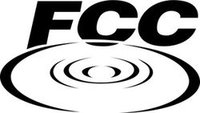 I know you can’t wait — it’s better than who is going to make it to the Final Four. OK, not really, but the largest and most lucrative wireless spectrum auction in U.S. history ended today, and we’ll know within 10 days who won the
I know you can’t wait — it’s better than who is going to make it to the Final Four. OK, not really, but the largest and most lucrative wireless spectrum auction in U.S. history ended today, and we’ll know within 10 days who won the 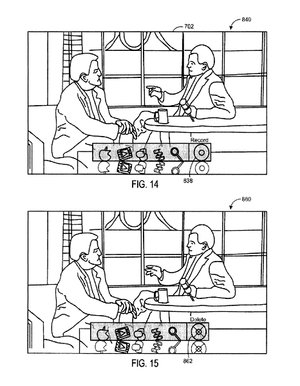 Now that the iPhone is conquering the mobile world … and the super-thin MacBook Air has made its debut … and the AppleTV has been updated into something useful … and the iPod line has been revamped for the future … and the Intel transition is long over … everybody wants to know what’s next for Apple.
Now that the iPhone is conquering the mobile world … and the super-thin MacBook Air has made its debut … and the AppleTV has been updated into something useful … and the iPod line has been revamped for the future … and the Intel transition is long over … everybody wants to know what’s next for Apple.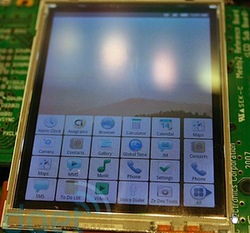 Android has landed. And it looks like, well, some sort of space alien.
Android has landed. And it looks like, well, some sort of space alien.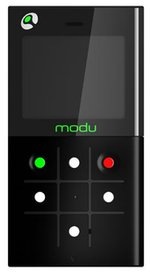 The Modu modular cell phone is a really interesting idea. Its timing may be perfect, or not. It may spawn its own ecosystem, or not. It’s design, interface, and support products may hit the bulls-eye, or be total cheese.
The Modu modular cell phone is a really interesting idea. Its timing may be perfect, or not. It may spawn its own ecosystem, or not. It’s design, interface, and support products may hit the bulls-eye, or be total cheese. If Verizon Wireless is truly the winner of the FCC’s 700 MHz spectrum auction, as many
If Verizon Wireless is truly the winner of the FCC’s 700 MHz spectrum auction, as many  For those of you playing along at home, the Federal Communication Commission’s 700 MHz spectrum bidding reached an
For those of you playing along at home, the Federal Communication Commission’s 700 MHz spectrum bidding reached an 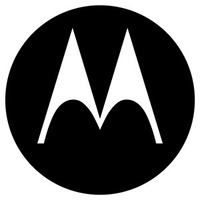 Looks like the rumors and back-room talk about Motorola are true: The company is looking to spin off (or “strategically realign”) its Mobile Devices business, or sell it outright.
Looks like the rumors and back-room talk about Motorola are true: The company is looking to spin off (or “strategically realign”) its Mobile Devices business, or sell it outright.